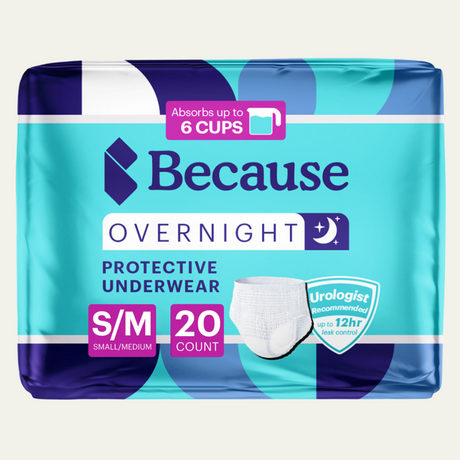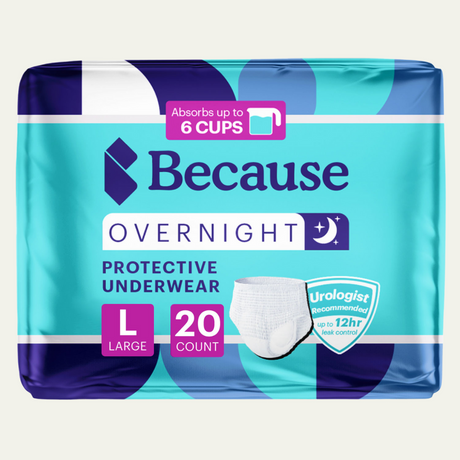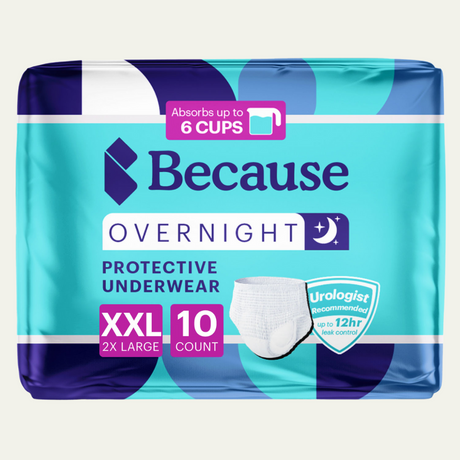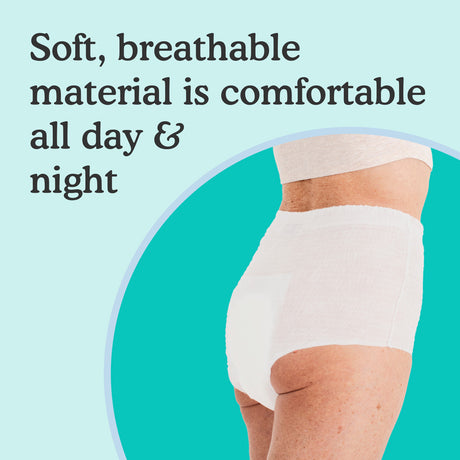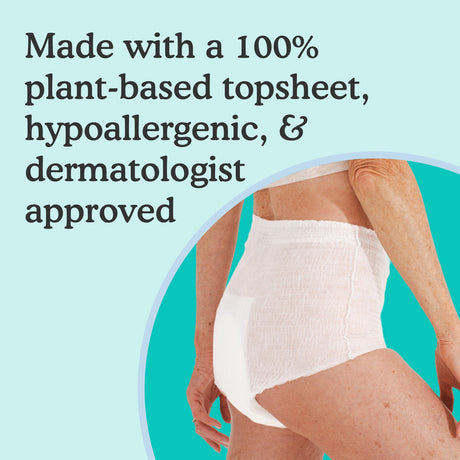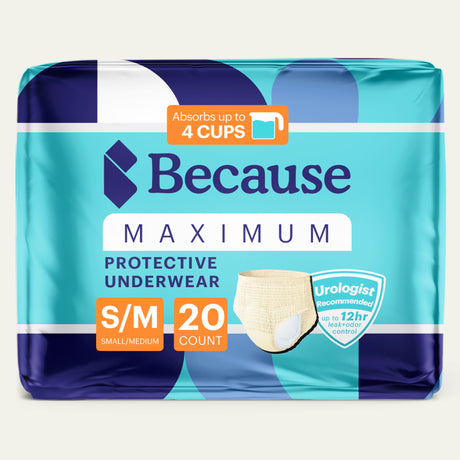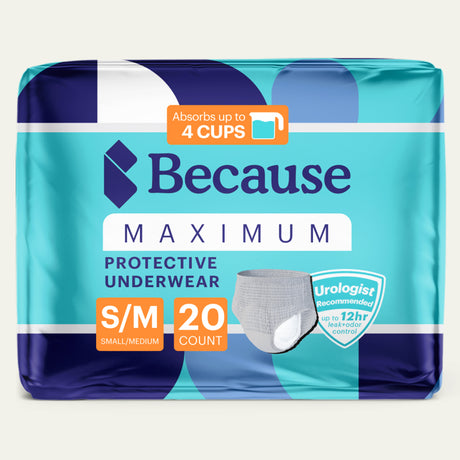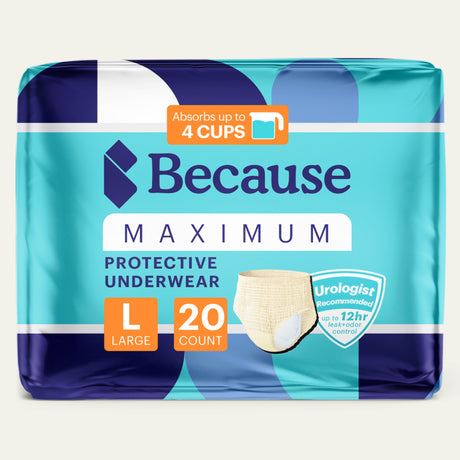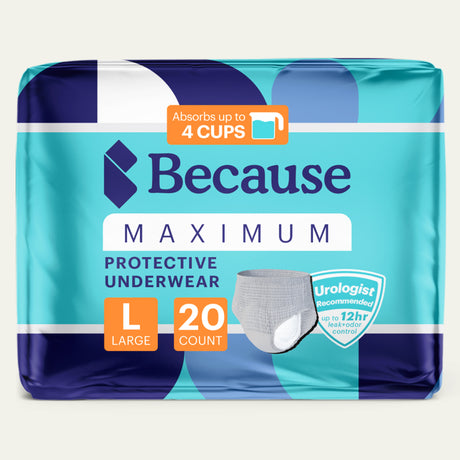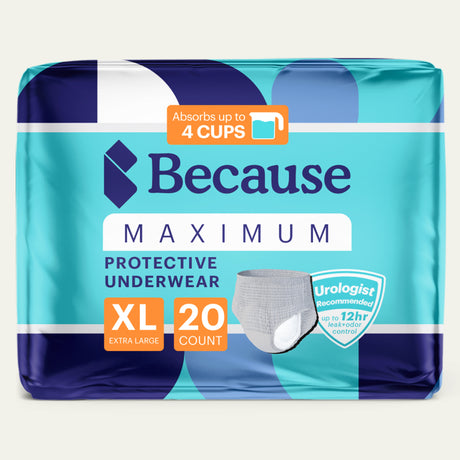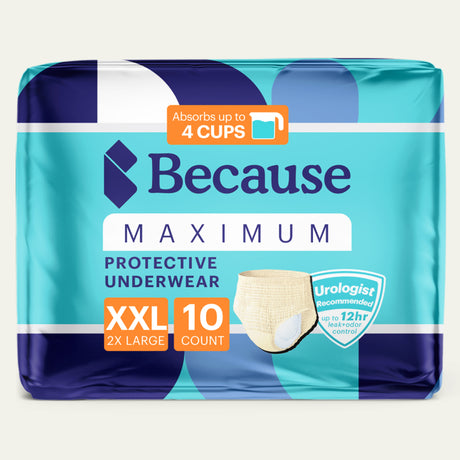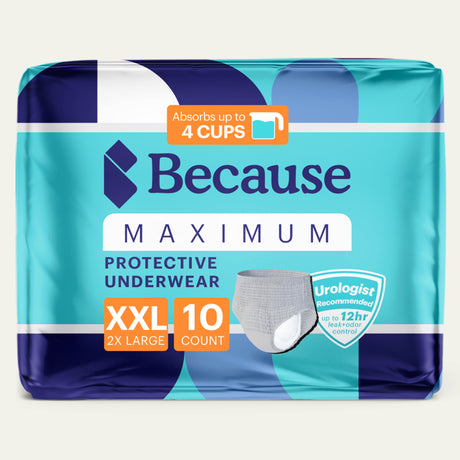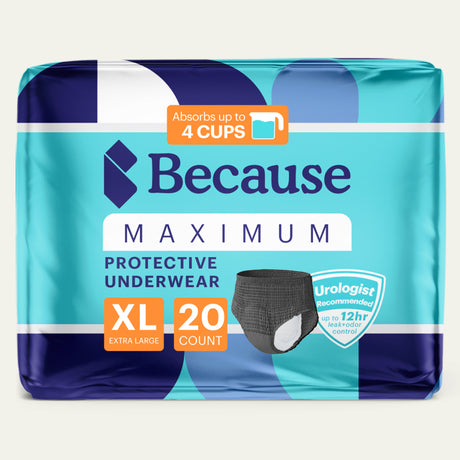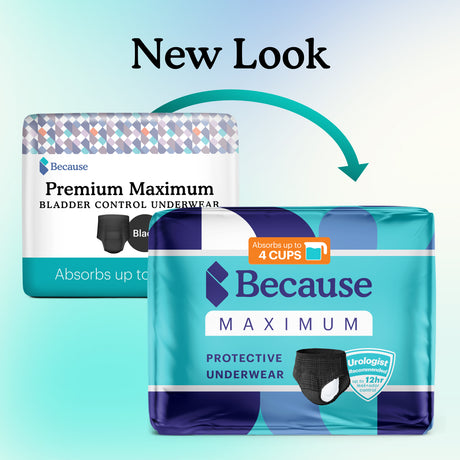Stress incontinence, a prevalent condition affecting millions worldwide, often remains shrouded in silence due to the stigma surrounding bladder issues. One of six common incontinence types, it's characterized by the unintentional loss of urine during physical activities that exert pressure on the bladder, such as coughing, sneezing, laughing, or exercise. This article delves into the symptoms, causes, and treatments of stress incontinence, shedding light on a condition that significantly impacts the quality of life yet is manageable with the right interventions.
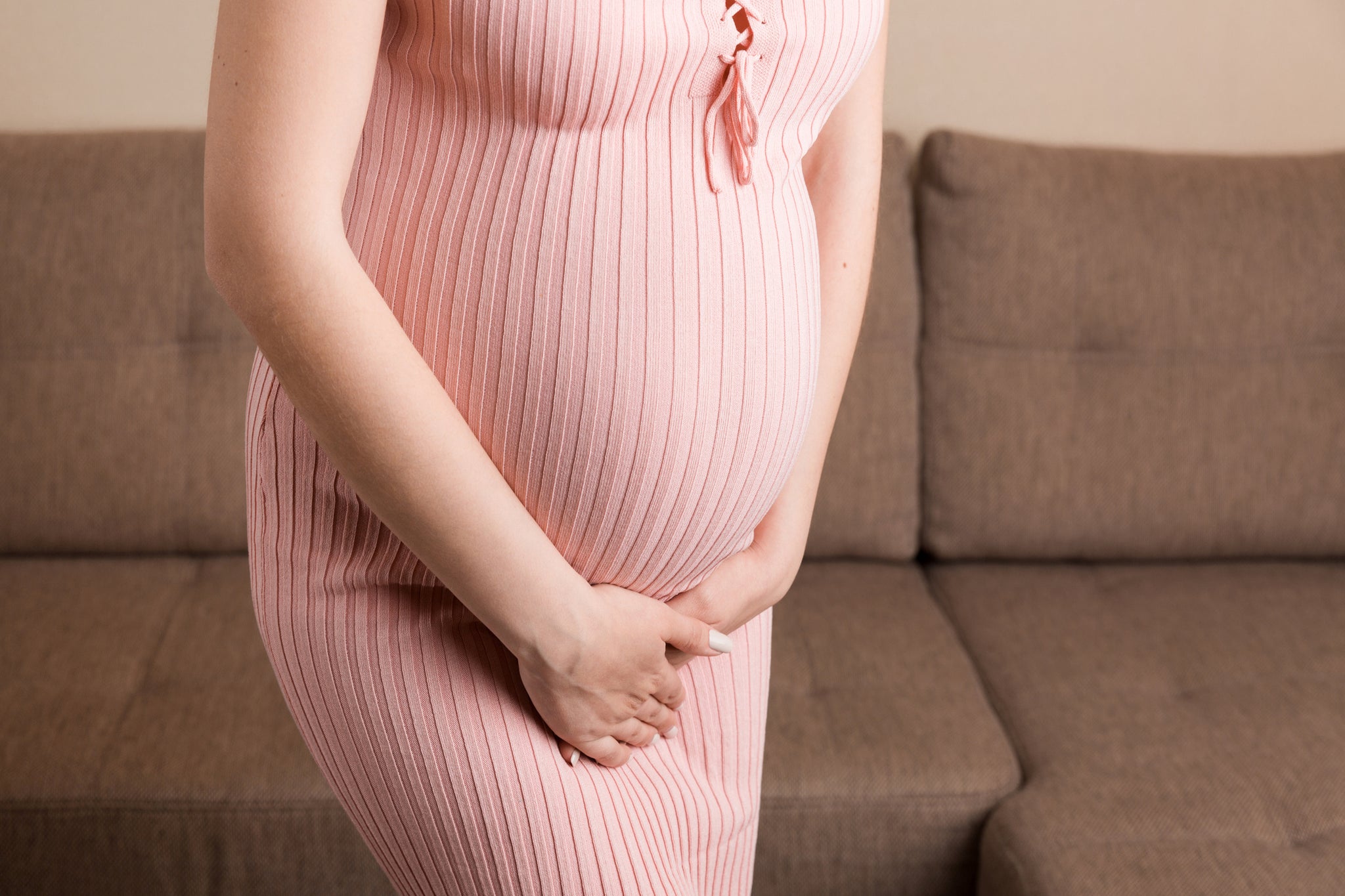
Understanding Stress Incontinence
Stress incontinence is the most common form of incontinence among women, especially those over 50. However, it can affect individuals of any gender and age. The Urology Care Foundation estimates that about a third of women in the U.S. experience stress incontinence at some point in their lives. This condition occurs when the pelvic floor muscles, which support the bladder and urethra, or the sphincter muscles, which control the release of urine, weaken.
Symptoms of Stress Incontinence
The primary symptom of stress incontinence is the leakage of urine during moments of physical stress. The amount can vary from a few drops to a squirt of urine, depending on the severity of the condition and the level of pressure exerted on the bladder. Unlike urge incontinence, which involves a sudden, intense urge to urinate, stress incontinence is directly linked to physical movements or activities.
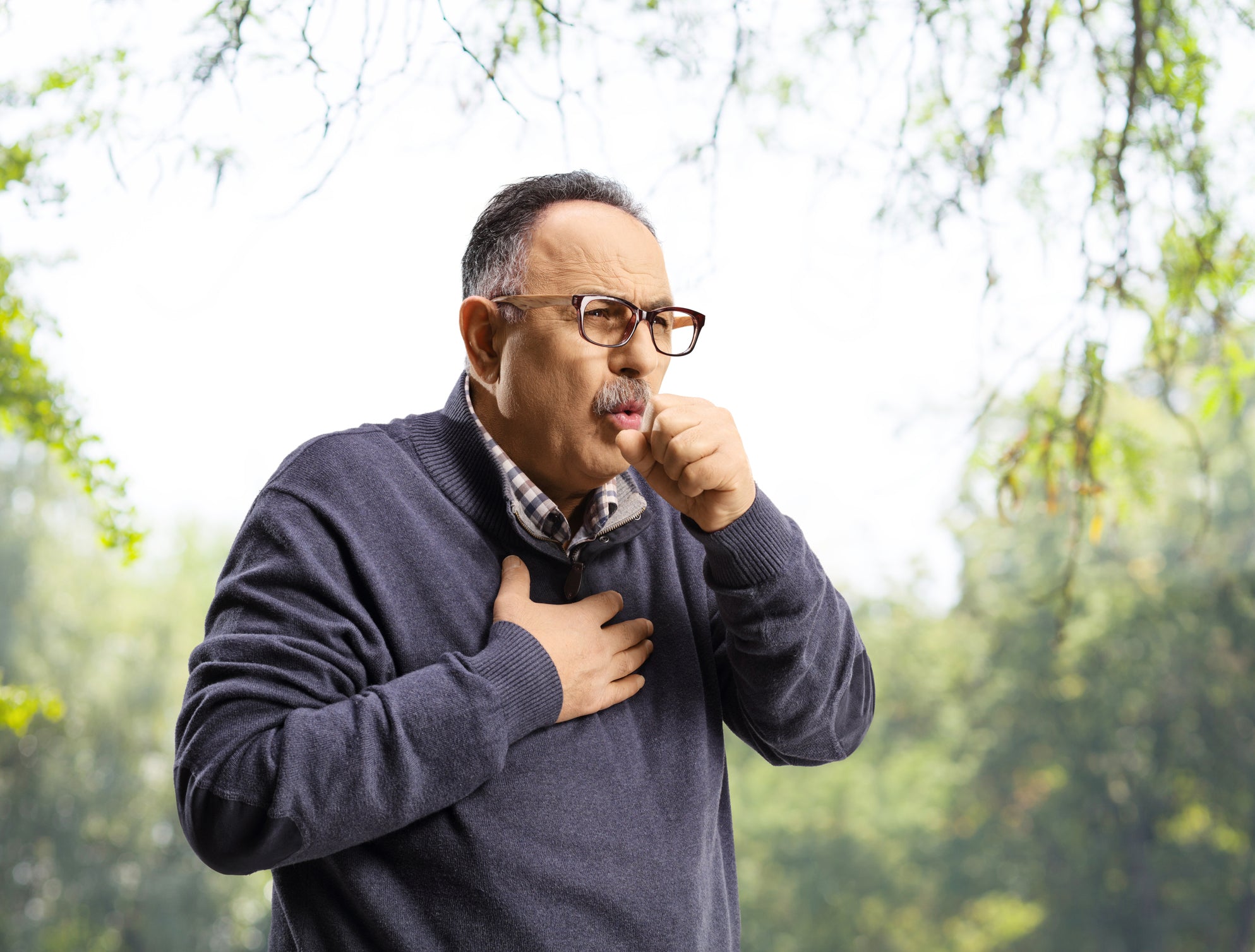
Causes and Risk Factors
Several factors contribute to the development of stress incontinence, including:
- Pregnancy and childbirth: These can stretch and weaken the pelvic floor muscles, especially after vaginal delivery.
- Aging: Muscle strength diminishes with age, affecting the pelvic floor muscles.
- Surgery or injury: Procedures involving the pelvic floor or injuries to the area can lead to stress incontinence.
- Obesity: Extra weight increases pressure on the bladder and surrounding muscles.
- Chronic coughing: Persistent coughing can weaken the pelvic floor muscles over time.
Treatments for Stress Incontinence
The good news is that stress incontinence can often be managed or even resolved with the right treatment approach.
Pelvic Floor Exercises
Pelvic floor exercises, colloquially referred to as Kegel exercises (however there is much more to pelvic floor PT than kegels), play a pivotal role in treating stress incontinence by strengthening the muscles that support the bladder, urethra, and other organs within the pelvis. These exercises involve contracting and relaxing the pelvic floor muscles, which helps to improve their function and endurance. Regular practice can significantly reduce the symptoms of stress incontinence, as a stronger pelvic floor better withstands pressure from coughing, sneezing, or physical activities, thereby preventing involuntary urine leakage.
Clinical studies have shown that individuals who consistently perform pelvic floor exercises over a period of several months experience a marked improvement in incontinence symptoms. For optimal results, it's essential to learn proper technique from a healthcare professional to ensure the exercises target the correct muscles, with recommendations often including a regimen of exercises performed multiple times daily.
Lifestyle Changes
Adopting certain lifestyle changes can significantly mitigate the symptoms of stress incontinence, offering a natural and effective means of management. Weight loss is a critical step for those overweight, as reducing body weight decreases the pressure on the bladder and pelvic floor muscles, thereby lessening urine leakage. Regular physical activity, particularly exercises that strengthen the core and pelvic area, can also improve the symptoms by enhancing muscle tone and overall pelvic health.
Additionally, dietary adjustments can play a crucial role; reducing the intake of irritants such as caffeine, alcohol, and acidic foods can help minimize bladder irritation and urge symptoms. Quitting smoking is another vital lifestyle change, as smoking contributes to a chronic cough that can exacerbate stress incontinence by putting constant pressure on the pelvic floor muscles.
Lastly, practicing good bathroom habits, like avoiding delaying urination and not straining during bowel movements, can help in managing stress incontinence effectively. Together, these lifestyle modifications not only aid in treating stress incontinence but also contribute to a healthier, more comfortable life.
Medical Devices
Several medical devices specifically designed to manage stress incontinence offer innovative solutions for those seeking non-surgical treatment options. Urethral inserts, a type of disposable device inserted into the urethra, act as a barrier to prevent urine leakage during activities that increase abdominal pressure, such as exercising or coughing. These are particularly useful for temporary use during specific activities and can be self-administered.
Another device, the vaginal pessary, is a flexible ring inserted into the vagina to support the bladder neck and urethra, thereby reducing stress incontinence episodes. Pessaries come in various shapes and sizes and can be an effective long-term solution for those who prefer not to undergo surgery or for whom surgery is not recommended. Both devices work by providing physical support to the pelvic structures, aiding in the proper function of the urinary system.
Medications
Medications are not typically the first-line treatment for stress incontinence, given its mechanical nature; however, certain drugs can be utilized in specific cases to manage symptoms indirectly. For instance, topical estrogen therapy may be prescribed to postmenopausal women, as it can help strengthen the tissues in the urethra and vaginal areas by improving blood flow and elasticity, which might reduce the incidents of leakage.
Although direct medications for strengthening the pelvic floor muscles or increasing the urethral sphincter's closure force are limited, some treatments may focus on managing associated conditions, such as overactive bladder, which can coexist with stress incontinence. Anticholinergics or beta-3 adrenergic agonists, used to treat urge incontinence, may indirectly benefit those with mixed symptoms by reducing the urgency and frequency of urination, thereby potentially alleviating stress incontinence episodes to some extent.
Supplements
Pumpkin seed extract and soy germ have both shown promising potential in reducing bladder urges and promoting urinary tract health. Pumpkin seed extract is rich in antioxidants and phytochemicals that possess anti-inflammatory properties, which can help alleviate bladder irritation and reduce the frequency of urges. Additionally, soy germ contains compounds like isoflavones that have been linked to improved bladder function by strengthening pelvic muscles and supporting hormonal balance. Together, these natural ingredients may provide a holistic approach to managing bladder urges and promoting overall urinary tract wellness. Taking a supplement with one of these ingredients or both can help you retain control over your bladder.
Surgery
Surgical interventions for stress incontinence are typically considered when conservative treatments have not provided sufficient relief. One of the most common surgical options is the sling procedure, where a synthetic mesh or a strip of the patient's own tissue is used to create a supportive sling around the urethra or bladder neck. This sling helps keep the urethra closed, especially during activities that increase abdominal pressure, thus preventing urine leakage.
Another surgical option is the bladder neck suspension (or urethropexy), which involves repositioning and securing the bladder neck and urethra into a more normal position to support continence. For men, particularly those with stress incontinence after prostate surgery, an artificial urinary sphincter may be implanted. This device consists of a cuff that surrounds the urethra, controlling urine flow with the aid of a pump placed in the scrotum.
Surgical treatments for stress incontinence have shown high success rates, but as with all surgical procedures, they come with potential risks and complications. Therefore, it's important for patients to discuss the benefits and risks with their healthcare provider to make an informed decision that aligns with their health status and lifestyle.

Navigating Stress Incontinence
Living with stress incontinence can be challenging, but it's crucial to remember that it's a medical condition—not a personal failing. Open discussions with healthcare providers can lead to effective management strategies, improving quality of life significantly. Additionally, the increasing availability of specialized products, from absorbent pads to innovative underwear, offers discreet and comfortable solutions for those affected.
Stress incontinence, while common, is not an inevitable part of aging or something to be endured in silence. Understanding its symptoms, causes, and the array of treatment options available can empower individuals to seek the help they need. With the right support and interventions, it's possible to manage stress incontinence effectively and lead a confident, active life.
Trying to find bladder protection that works for you? Take our bladder protection quiz and get a sample pack for just $2.99.
If you're struggling with incontinence, join one of our private support groups today!
Women's Incontinence Support Group
Men's Incontinence Support Group
Sources:
American Urological Association. (n.d.). Urinary Incontinence. Urology Care Foundation. Retrieved from https://www.urologyhealth.org/urology-a-z/u/urinary-incontinence
Curillo-Aguirre, C. A., & Gea-Izquierdo, E. (2023). Effectiveness of Pelvic Floor Muscle Training on Quality of Life in Women with Urinary Incontinence: A Systematic Review and Meta-Analysis. Medicina (Kaunas, Lithuania), 59(6), 1004. https://doi.org/10.3390/medicina59061004
Subak, Leslee L., M.D., et al. (2009, Jan, 29). Weight Loss to Treat Urinary Incontinence in Overweight and Obese Women. New England Journal of Medicine, 360, 481-490. https://doi.org/10.1056/nejmoa0806375
Kawahara, T., Ito, H., Yao, M., & Uemura, H. (2020). Impact of smoking habit on overactive bladder symptoms and incontinence in women. International journal of urology : official journal of the Japanese Urological Association, 27(12), 1078–1086. https://doi.org/10.1111/iju.14357


